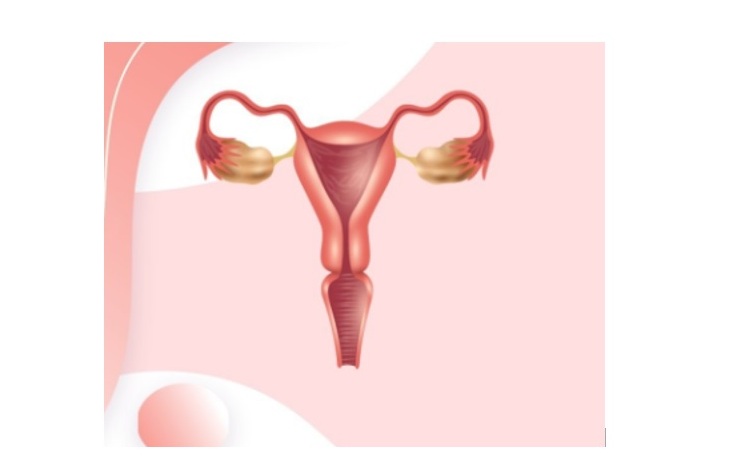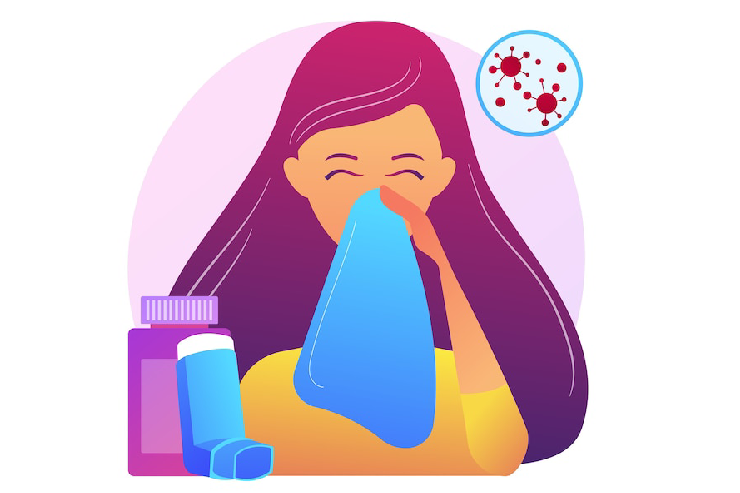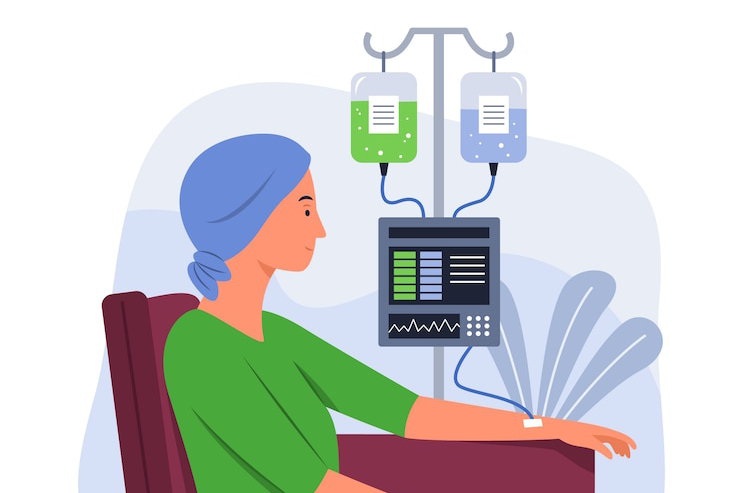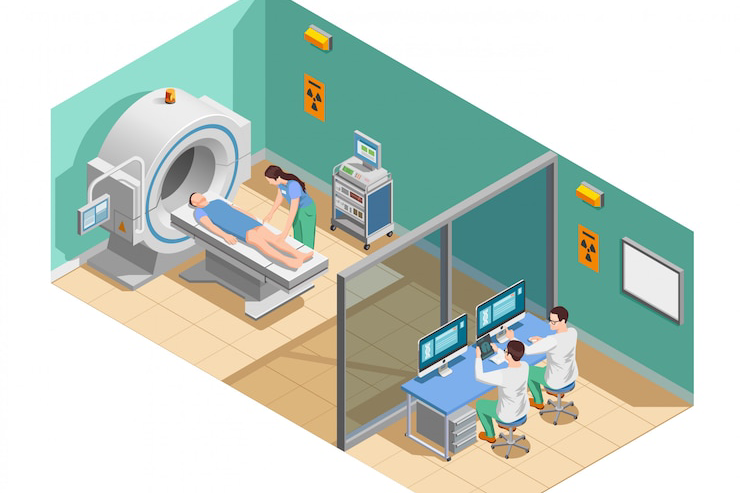
Cervical Cancer in Women: How Vaccination Drives Can Thwart This Silent Threat
Cervical cancer is one of the most common cancers affecting women worldwide, especially in low- and middle-income countries. Despite being largely preventable, it continues to claim thousands of lives each year. The good news? With effective vaccination, early screening, and awareness, we can drastically reduce the burden of cervical cancer. This blog explores how cervical cancer develops, who is at risk, and how HPV vaccination drives can serve as a game-changer in its prevention.What is Cervical Cancer?
Cervical cancer originates in the cervix—the lower part of the uterus that connects to the vagina. It develops slowly, starting as a condition called cervical dysplasia (abnormal cell changes), which can progress into cancer over several years if left untreated. The Human Papillomavirus (HPV) is the leading cause of cervical cancer. Nearly all cervical cancer cases (over 95%) are linked to persistent HPV infection, particularly high-risk strains such as HPV-16 and HPV-18.
Why Cervical Cancer Remains a Major Concern
Despite being preventable, cervical cancer continues to pose a serious public health challenge:
Symptoms of Cervical Cancer
Cervical cancer often presents no symptoms in its early stages. As it progresses, symptoms may include:
Since symptoms appear late, routine screening is critical to catch the disease early.
The Role of HPV Vaccination in Preventing Cervical Cancer
How the HPV Vaccine Works:
-
HPV vaccines protect against the most common cancer-causing strains of HPV. The vaccines available—such as Cervarix, Gardasil, and Gardasil 9—target multiple HPV strains, including HPV-16 and HPV-18.
The vaccine stimulates the body to produce antibodies that prevent HPV from infecting cells. Administered in two or three doses (depending on age), it is most effective when given before the onset of sexual activity, typically between ages 9 and 14.
Vaccination Drives: A Crucial Step Forward
School-Based Vaccination Programs:
Introducing school-based vaccination programs is an effective strategy to increase coverage among adolescents. Countries like Australia and the UK have already seen a dramatic reduction in HPV infections and cervical pre-cancers after implementing such programs.
Community Outreach and Awareness Campaigns:
Educating parents, teachers, and community health workers about the importance of the HPV vaccine is key. By addressing myths, cultural stigma, and vaccine hesitancy, public health campaigns can drive up acceptance rates.
Integrating HPV Vaccine into National Immunization Schedules:
Making the HPV vaccine part of the government’s routine immunization program ensures equitable access, especially for underprivileged communities. Subsidies and free vaccine programs can significantly boost participation.
India’s Progress in Cervical Cancer Prevention
India contributes to nearly one-third of the global cervical cancer deaths, yet awareness and vaccination rates remain low. However, with the introduction of Cervavac—India's first indigenously developed HPV vaccine—the country has made significant strides. The government plans to launch nationwide vaccination drives for adolescent girls, aiming to include HPV vaccination in the Universal Immunization Programme (UIP). These efforts could prevent thousands of cervical cancer deaths annually.
Who Should Get the HPV Vaccine?
What You Can Do: Prevention and Screening
Even if you’re vaccinated, regular cervical screening (Pap smear and HPV testing) remains essential.Final Thoughts
Cervical cancer is preventable, detectable, and treatable—yet it continues to claim lives due to lack of awareness and access. HPV vaccination drives offer a golden opportunity to change this narrative. By vaccinating adolescent girls and raising community awareness, we can protect future generations from this preventable disease.



